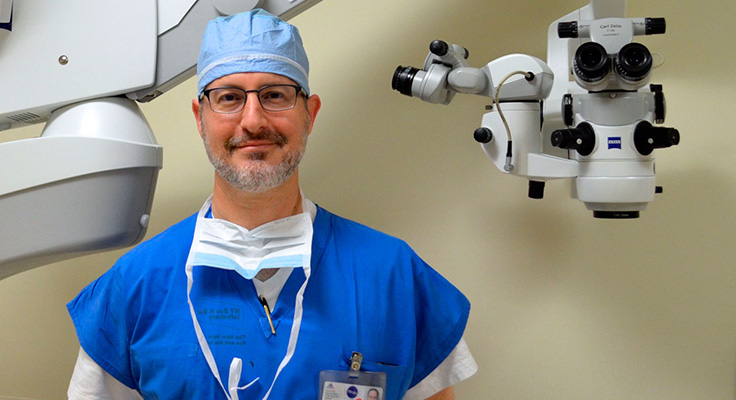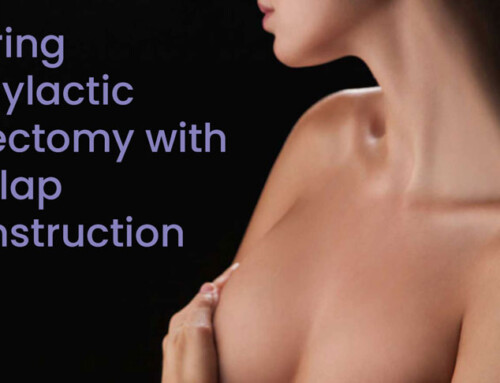Understanding Capsular Contracture in Breast Reconstruction: When Implants Fail
Capsular contracture is a condition that can occur after breast reconstruction surgery with implants.
It involves the formation of a tight, thick scar tissue capsule around the implant.
This abnormal contraction of the capsule can lead to discomfort, pain, and changes in the shape and feel of the reconstructed breast.
Causes of Capsular Contracture
Several factors can contribute to the development of capsular contracture.
These include:
- infection
- bleeding
- implant rupture
- the body’s immune response to the implant
The exact cause of capsular contracture is not always clear, making it a challenging complication to prevent
Symptoms of Capsular Contracture
Recognizing the signs of capsular contracture is essential for early intervention. Patients may experience varying degrees of discomfort and pain in the affected breast.
The breast may also appear distorted, feeling harder and less natural to the touch.
These changes can have a profound impact on a patient’s self-esteem and quality of life.
Natural Tissue Breast Reconstruction as a Solution
While implant-based reconstruction is a popular choice, the risk of capsular contracture has led many patients to consider alternative methods, such as natural tissue breast reconstruction.
This approach utilizes the patient’s own tissue from various donor sites, such as the abdomen, buttocks, or thighs, to create a more natural-looking and feeling breast.
The Advantages of Natural Tissue Breast Reconstruction
Natural tissue breast reconstruction offers several advantages.
First, it eliminates the need for implants, reducing the risk of capsular contracture.
Second, the reconstructed breast closely resembles the patient’s original breast in terms of texture and appearance.
Additionally, this method often results in a more natural aging process as the breast tissue ages with the patient.
Natural Tissue Breast Reconstruction: Surgical Techniques
Natural tissue breast reconstruction is a surgical approach that offers patients a viable alternative to implant-based reconstruction while significantly reducing the risk of capsular contracture.
Central to this approach are various surgical techniques, including the Deep Inferior Epigastric Perforator (DIEP) flap, which is highly regarded for its success in recreating natural-looking and feeling breasts.
The DIEP Flap Technique
The Deep Inferior Epigastric Perforator (DIEP) flap is a microsurgical technique that utilizes tissue from the lower abdominal area to reconstruct the breast. What sets the DIEP flap apart is that it preserves the abdominal muscles while sparing the patient from the potential complications of removing or weakening them, as is the case in older procedures like the Transverse Rectus Abdominis Myocutaneous (TRAM) flap.
During a DIEP flap procedure, the surgeon skillfully harvests skin and fat from the abdominal area, including the perforators that provide a blood supply to this tissue. These tissues are then meticulously reconnected to the chest, creating a new breast mound. This technique offers a more natural-looking result due to the similarity in texture and consistency of the transplanted tissue with the surrounding breast tissue.
The Versatility of Stacked Flaps
In some cases, patients may require a larger volume of breast tissue or additional reconstruction due to a more complex mastectomy or previous surgical complications. Stacked flaps are a versatile and advanced approach that can be used in such scenarios.
Stacked flaps involve the use of multiple layers of natural tissue to reconstruct the breast. These layers can be taken from different donor sites, such as the abdomen and the buttocks, and are often combined to create a single, larger flap. The benefit of stacked flaps is that they allow for the customization of breast reconstruction based on the patient’s specific needs, resulting in a more balanced and aesthetically pleasing outcome.
Stacked flaps require the expertise of a skilled microsurgeon who can connect the various layers of tissue with precision, ensuring proper blood flow and tissue integration. While this approach is more complex than single-flap techniques like DIEP, it provides a solution for patients who require a more substantial reconstruction.
In Conclusion
In conclusion, capsular contracture is a challenging complication that can occur after breast reconstruction with implants.
While treatment options are available, natural tissue breast reconstruction presents an alternative that eliminates the risk of capsular contracture and offers a more natural-looking and feeling breast.
Patients considering breast reconstruction should discuss all available options with their healthcare providers to make an informed decision that best suits their needs and preferences.







